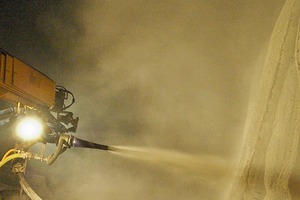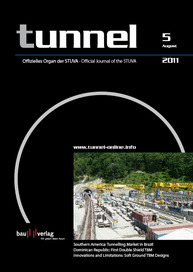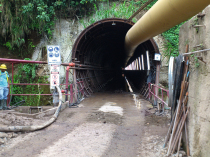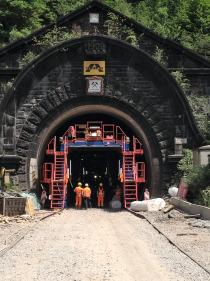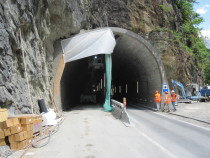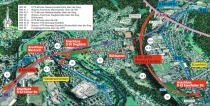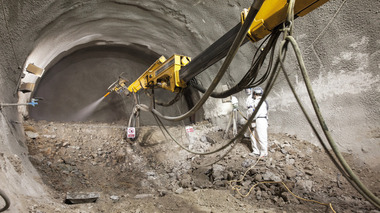Bi-Component High-Performance Fibres for Reinforcing Concrete
Concrix® is the first bi-component high-performance fibre for reinforcing concrete. Thanks to the performance range of the macrofibres the technical values are enhanced quite apart from comfort for the user. The fibres are based on high-grade polyfins, which are applied for the worldwide patented macrofibres. Owing to the high E-module the core material possesses outstanding tensile strength properties. The surrounding jacket has the task of creating an optimal bond with the concrete matrix by means of the structurised surface. This characteristic together with the number of fibres/kg provide outstanding flexural tension values as well as post-crack tensile strengths even given relatively low added quantities.
During the development process particular attention was paid to “creeping of plastic macrofibres in reinforced concrete subject to permanent load” and is taken into account by a special method applied during the production stage. Various tests by the Empa Materials Science & Technology at Dübendorf/CH testify that with this novel fibre reinforced concrete subject to different permanent loads scarcely reveal any tendency to creep over the duration of 1 year. The subsequent sag in the case of previously broken bending beams (under permanent load) amounts to a few 1/10 mm after 1 year.
According to the manufacturer this latest generation of plastic macrofibres can replace steel fibres in all fields of application. In contrast to steel fibres it prevents corrosion from forming on the surface. The fibre is alkali-resistant and flexible thus preventing wear-and-tear of equipment such as mixers, pumps and hoses. PowerPaks enable the fibre to be added in a straightforward, precise and homogenous manner. Existing steel fibre dosing plants can be used for adding the required amount without any major conversion.
The possibilities of application are extremely varied: shotcrete applications, finished parts as well as industrial floors in particular. But the fibre can also be applied for base slabs and walls, negotiable areas as well as for watertight structures. The latter both for aggressive as well as neutral water.

